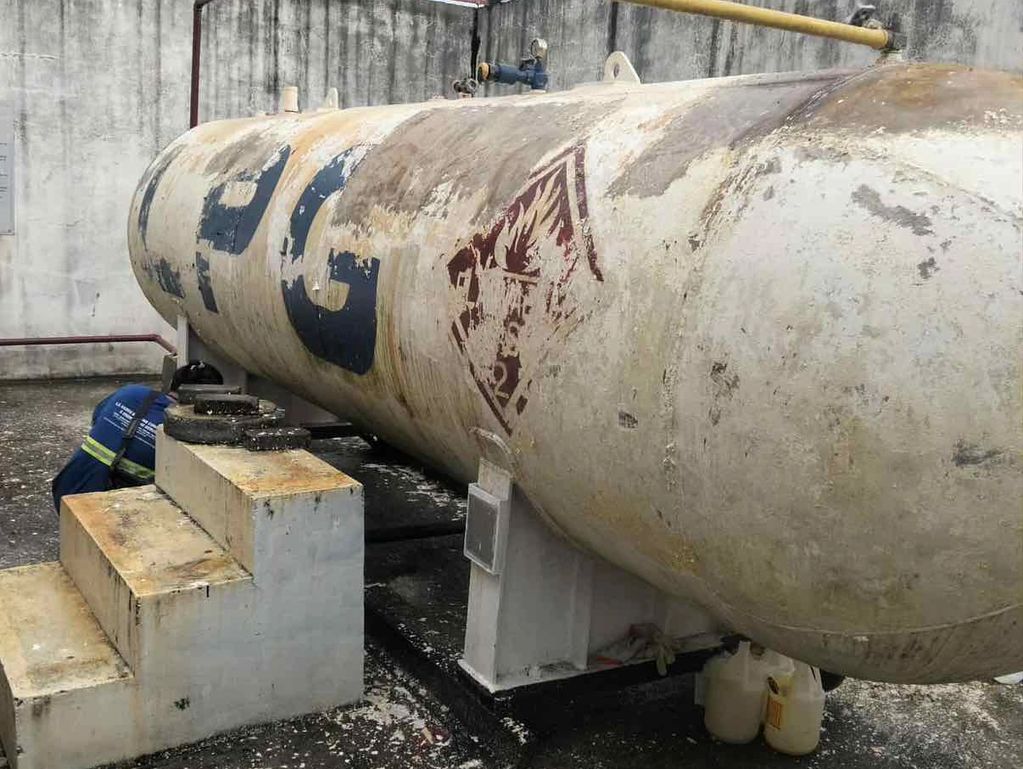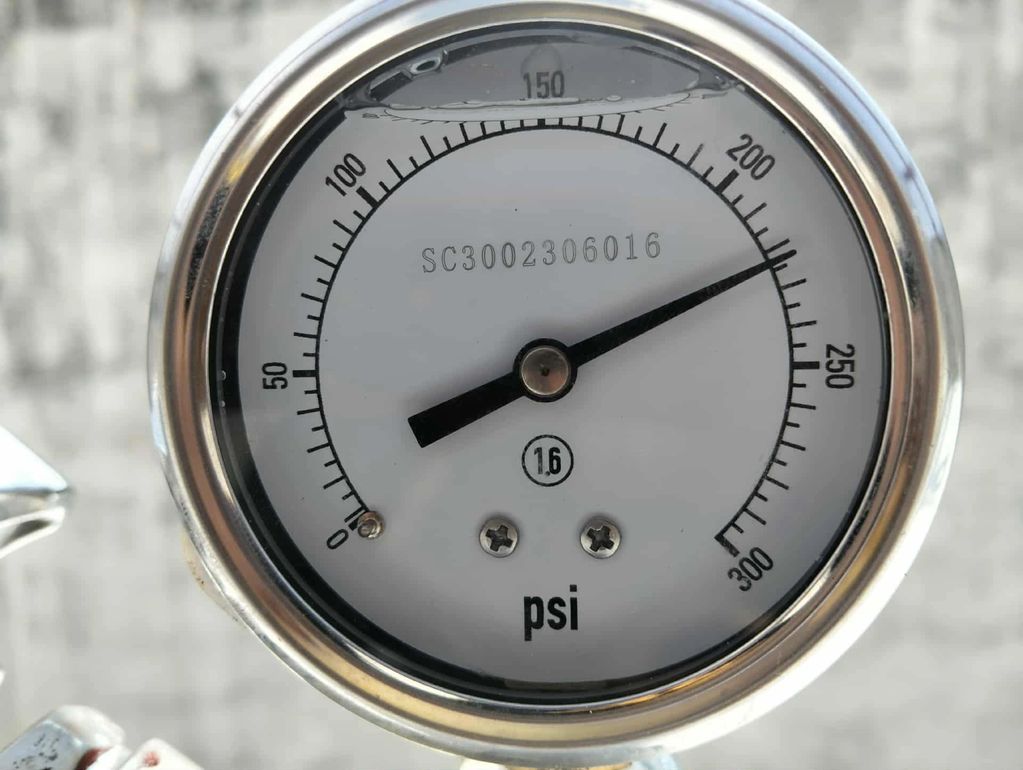Signed in as:
filler@godaddy.com
Signed in as:
filler@godaddy.com

A technician carefully removes old paint from the surface of an LPG tank, scraping it down to bare metal as part of the requalification process. This step ensures that the tank’s shell is fully exposed for accurate inspection and testing, allowing for the detection of corrosion, pitting, or other surface irregularities. The procedure is performed with precision to prepare the vessel for subsequent

An LPG tank is shown fully scraped down to bare metal, revealing its clean steel surface after the removal of old paint and rust. This stage of the requalification process allows inspectors to thoroughly examine the tank’s body for any signs of corrosion, dents, or structural damage before proceeding to non-destructive testing and hydrostatic inspection. The exposed surface ensures accurate evalua

An LPG tank is shown coated with a layer of industrial-grade primer after surface preparation and inspection. The primer serves as the first protective coating applied directly onto the bare metal, providing corrosion resistance and enhancing paint adhesion. This stage marks the transition from inspection to surface protection, ensuring the tank’s longevity and readiness for the final coating and

An LPG tank is fully painted with a smooth white topcoat, giving it a clean, polished appearance after primer curing. The white finish not only provides aesthetic appeal but also serves as a protective barrier against corrosion, UV exposure, and environmental wear. This final coating stage completes the requalification process, ensuring the tank meets safety, durability, and regulatory standards b

A trained technician operates an LPG compressor to safely transfer remaining LPG from a storage tank during decommissioning and degassing procedures. The process ensures that all residual gas and vapor are fully recovered, minimizing product loss and eliminating safety hazards before inspection or maintenance. This controlled transfer method is a critical step in maintaining environmental safety,

A hydrostatic pressure testing on an LPG tank to verify its structural strength and integrity. The tank, filled with water, is pressurized to a specified test pressure while being closely monitored for any signs of leakage, deformation, or pressure drop. This critical procedure ensures the vessel can safely withstand its rated working pressure, confirming compliance with safety standards before ce














